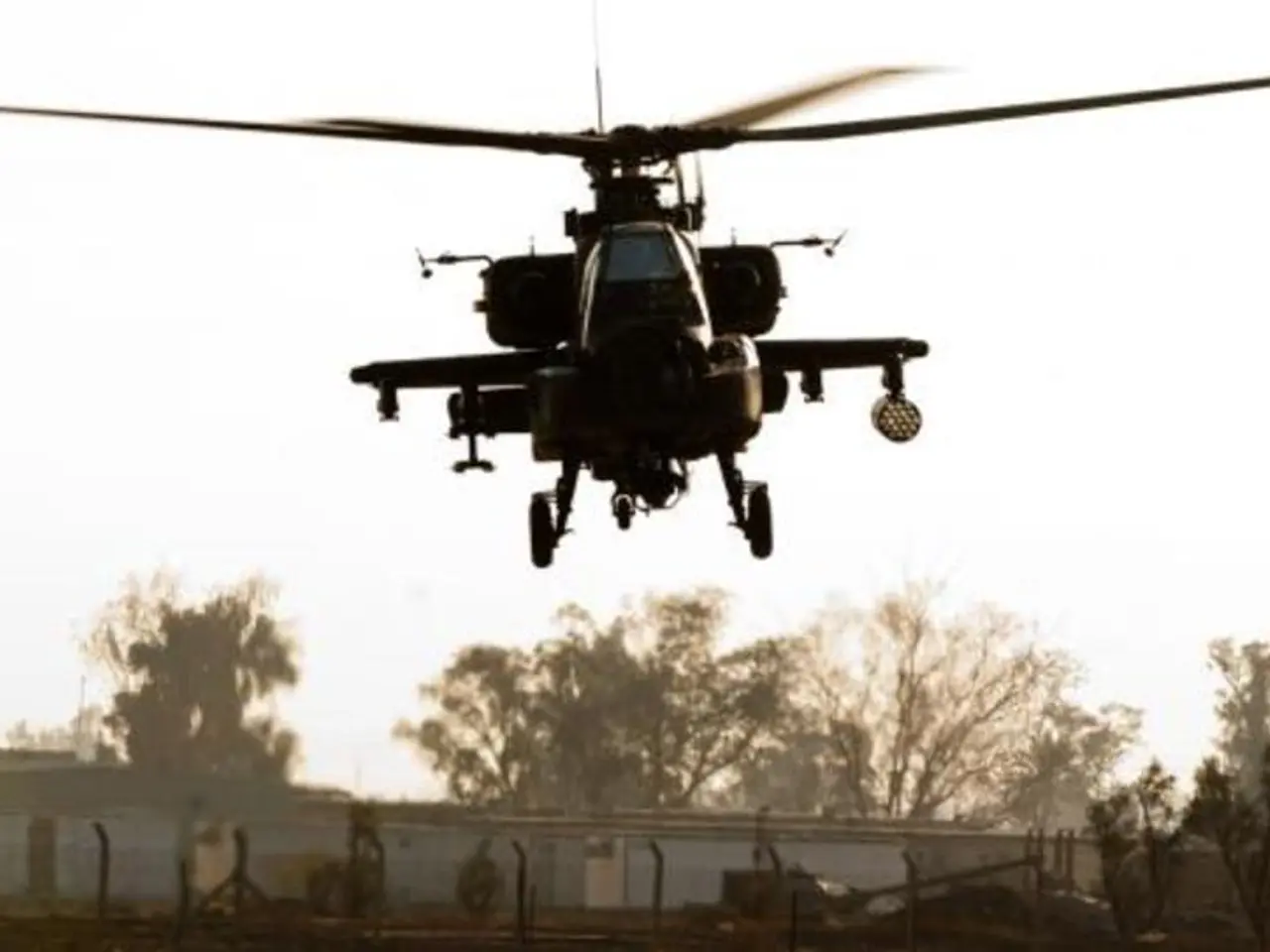Strategic Importance of a Safety Protocol for Extensive Drone Applications
In the realm of large-scale drone operations, a Safety Management System (SMS) plays a crucial role in ensuring safety, efficiency, and compliance with regulatory bodies like the European Union Aviation Safety Agency (EASA).
An SMS serves as a formal process, designed to proactively manage risks and improve operational safety. It provides a structured process to identify, assess, and mitigate safety risks in drone operations. This is achieved through tools such as geofencing and real-time data analytics, which help prevent unauthorized incursions and optimize operational safety by calculating and reducing hazards proactively.
A central feature of an SMS is incident reporting. It enforces a systematic approach to report, analyze, and respond to incidents and near-misses. This systematic approach helps operators learn from events, prevent recurrence, and improve overall safety performance. A centralized communication system within SMS streamlines coordination and quick response among operators and stakeholders.
Continuous improvement is another critical component of an SMS. By utilizing data analytics and machine learning capabilities, operators can continuously monitor flight data, maintenance status, and operational performance to enhance decision-making, increase efficiency, and optimize resource allocation. Lessons learned and best practices are shared internationally to refine SMS frameworks.
Compliance with EASA regulations is paramount in the integration of drones and vertical take-off and landing (VTOL) aircraft into controlled airspace. SMS supports adherence to these complex rules by providing guidance, documentation, and procedural consistency aligned with EASA’s Acceptable Means of Compliance (AMC) and Guidance Material (GM).
Other key SMS features facilitating large-scale drone operations include mapping and geofencing capabilities, centralized communication systems, maintenance scheduling and tracking, user-friendly interfaces, and automated updates for regulatory compliance.
Our website's platform and consultancy services are designed to support the key elements of an SMS, from incident reporting and follow-up to hazard logging, risk management, and safety performance monitoring. This holistic approach promotes safe, efficient, and legally compliant drone operations in increasingly complex airspace environments.
For organizations operating under EASA legislation (2019/947), especially those with a Light UAS Certificate (LUC), having an SMS is a mandatory requirement. The complexity and frequency of flights in large-scale drone operations increase the likelihood of incidents. Our website's Incident Reporting feature allows anyone in the organization to report an incident, with the option for anonymous reporting.
Risk identification, qualification, and management, incident reporting and follow-up, continuous improvement, and compliance with regulations are key purposes of an SMS. Our website's platform supports these purposes by enabling Safety Managers to maintain a hazard log, an overview of all reported incidents and their follow-up actions.
Our website's consultancy department can assist organizations in setting up the necessary documents and procedures for a fully compliant SMS, as well as other essential documents like Operations Manuals and conducting risk assessments (such as SORA - Specific Operations Risk Assessment). The key benefits and features of a SMS, in large-scale drone operations, make it an indispensable tool for ensuring safety, efficiency, and regulatory compliance.
- The Safety Management System (SMS) in large-scale drone operations is vital for enforcing safety, efficiency, and compliance with regulatory bodies like EASA.
- Geofencing and real-time data analytics are tools utilized within an SMS to prevent unauthorized incursions and optimize safety by calculating and reducing hazards.
- Incident reporting is a central feature of an SMS, fostering a systematic approach to analyze and respond to incidents and near-misses.
- A centralized communication system within SMS enhances coordination and quick response among operators and stakeholders.
- Continuous improvement is instrumental to an SMS, leveraging data analytics and machine learning to monitor flight data, maintenance, and operational performance.
- Compliance with EASA regulations is imperative in the drone industry, and SMS supports adherence with these rules.
- Mapping and geofencing capabilities, maintenance scheduling and tracking, user-friendly interfaces, and automated updates for regulatory compliance are crucial SMS features.
- Our website's platform and consultancy services cater to the key elements of an SMS, focusing on incident reporting, hazard logging, risk management, and safety performance monitoring.
- For organizations under EASA legislation (2019/947), especially those with a Light UAS Certificate (LUC), an SMS is a mandatory requirement.
- Our website's Incident Reporting feature enables anyone within an organization to report incidents, with the option for anonymous reporting.
- Risk identification, qualification, and management, incident reporting and follow-up, continuous improvement, and compliance are primary objectives of an SMS.
- Our website's platform allows Safety Managers to maintain a hazard log and an overview of all reported incidents and their follow-up actions.
- Our consultancy department can help organizations set up the necessary documents and procedures for a compliant SMS, including Operations Manuals and risk assessments.
- The benefits and features of an SMS make it invaluable for ensuring safety, efficiency, and regulatory compliance in large-scale drone operations, as well as in other industries like business, environmental-science, manufacturing, personal-finance, data-and-cloud-computing, technology, travel, sports, lifestyle, home-and-garden, and European leagues like the premier league.




